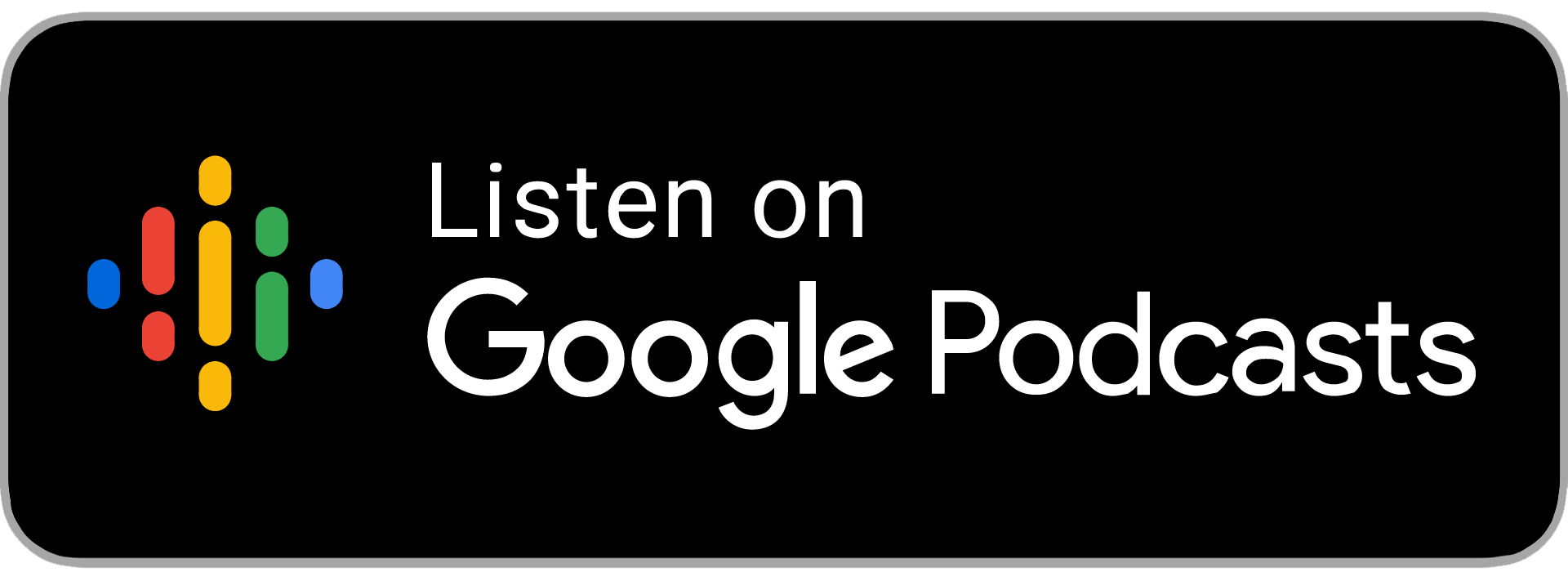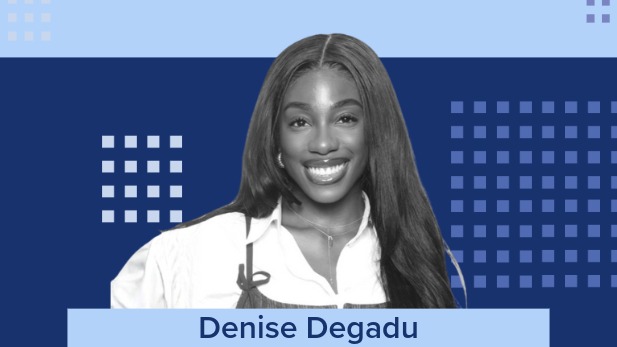W.O.L.F Brands Podcast and Transcript
In this podcast, Shanita Akintonde examines why Brands that cry W.O.L.F (Woke Opportunities to Leverage Facts), particularly in the Social Media realm, are ahead of the curve.
Marketing Insights Podcast
May 16, 2022
Transcript:
Shanita Akintonde (00:08):
Hi, this is Shanita Akintonde; professor, author, career coach, and marketing shero. I invite you to join me for this very special edition of my marketing insights podcast series entitled Brands That Cry WOLF, that's Woke Opportunities to Leverage Facts.
Unlike the children's story in which the main character made up fallacies to villagers about a wolf attacking his flock of sheep, so much so that when an actual wolf did show up his entire herd was destroyed, y'all, because no one believed him. The topic of this podcast, however, is not steeped in fiction. You heard me? Get it, herd?
As fingers fly, eyeballs scroll, and feet tick-tock through varied memes and scenes that are showcased on social media, there is an actual benefit to crying WOLF. Woke Opportunities to Leverage Facts. So whether your brand is working nine to five, what a way to make living, what do y'all think about Dolly Parton's recension from the offer that she would be inducted into the Rock and Roll Hall Of Fame? Saying that she didn't feel quote-unquote "qualified" or deserving. Now if that's not a brand moment, I don't know what is.
But back to this podcast. You may be merely a fan of brands that have a handle on social media apps. In this podcast, brands that cry WOLF, that's Woke Opportunities to Leverage Facts. We're going to examine tools used by those brands that are mega in Metaverse. Regardless of your brand's current position, you need to listen to my premonition, that your brand is in need of the WOLF. Woke Opportunities to Leverage Facts.
And we're talking about consumer purchasing decisions that are being made in literally nanoseconds. I'm talking fast, fast, fast. As marketers, we have to get in there and pick up all those teensy-weensy pieces of information. It doesn't need to be all spick and span. In other words, you don't have to be able to dine on the data. But it does need to appear to be normal. IE, digestible.
What say ye, marketing maestros? I know I'm giving you a lot to do at a seemingly breakneck speed, so welcome to WOLF territory. For this episode I want you to think fast, listen fast. And after this podcast, I'm going to need you to act fast, especially if you want to build a WOLF brand, those that manifest Woke Opportunities to Leverage Facts.
Now, I know what you're thinking. You're saying, a please would be nice. Okay. So pretty, pretty, pretty, pretty, please, with sugar on top, listen to this podcast repeatedly. We're going to strip brands down to their core, all the way to their bare bones. This is absolutely necessary. But first, let's get our rules of the road straight. A few twists and turns aside, what does all this mean? Don't do anything, unless. Unless what, you ask? Unless the WOLF or data points tell you what should be done first.
A good source of psychographic and demographic data that offer insights on what your consumers want and need can be found on social media. More importantly, social media platforms that are like a megaphone for your diehard customers. Some Meta-owned apps, like Instagram, have some new features as is the case in the former's chronological feed. That is, according to a piece entitled What Instagram's Chronological Feed Means To Brands and Creators, written by Garett Sloane and Erika Wheless, that appeared in Ad Age on March 28th, 2022. It's giving new hope to creators and grants.
One example of this is based on Instagram's chronological feed, a feature that gives people the opinion to see all the posts from accounts they follow, as opposed to only the post picked up by an algorithm. And when I talk about algorithms, think Spotify and Amazon. I don't know about y'all, but I love that feature on Spotify that gives me create my own playlists based on past songs I've listened to. Perfect.
Google is another example. This app is on the move, with a post-cookies advertising plan that tests topics that ads are using to target on Chrome and other web browsers. In a piece entitled Why Google's Ad Test To Replace Cookies Might Face Hurdles written by Garett Sloane, in a piece that appeared in Adage on April 1st, 2022, the article states that Google revealed details about how quote unquote, "the system will work," including a sampling of how it will collect data about the interest of consumers online.
The piece goes on to state that Google announced, just this past Thursday actually, that it would start trials of topics API, a software platform that publishers and ad tech providers will plug into, in order to help target ads when people visit their sites through the Chrome browser.
A different report, Five Marketing Trends from Adage, notes, quote, "The psychology of online shopping behavior is becoming more complex. Today's internet users reflect an increasingly complex set of motivations and behaviors. A direct outgrowth of the pandemic." It continues, "Initially many consumers turned to e-commerce as a safer and more convenient alternative to shopping in physical stores." Say it with me, UberEats. My words, not the study's. But back to the study.
"As time went on," It says, "More consumers resorted to the behavior as a coping mechanism to fight growing quarantine fatigue." The report concludes with, "It is possible that in an error of one-click buying, online shopping has become a little too easy. And to the extent that consumers aren't serious about buying, it could lead to higher rates of shopping cart abandonment."
Speaking of abandonment, or in our case, dish data, let's examine some featured facts in this very special edition of my marketing insights podcast called Brands That Cry WOLF, Woke Opportunities to Leverage Facts.
Think about it. We swipe, scroll, tweet, text, Snapchat, LinkedIn, Discord, and ghosted apps like The Vine and MySpace are also a part of our clouds. Influencers affect people in this space as well, but I'll talk about that more in a future podcast.
We have an interesting relationship with our devices. They are listening and aiding us in things like musical selection. IE, Spotify. Take TayTay Swift's ability to rerecord her Red album, and to break two Spotify records in one day. That was a big deal for the music industry.
But not so fast, marketing maestros. We must tread carefully. We can't say something that is seen as mean, derogatory, or disarming. Mega, macro, micro. The matrix taught us all about AI, and researchers at Stanford University will soon be able to tell us through specifically crafted apps, the probability of people having diseases like Alzheimer's.
Beyond marketers, systems can learn from data, identify patterns, and make decisions as well that are based on little human interaction. As marketers, we can think of Amazon's algorithm and Spotify's Discover Weekly feature. At the end of the day, it's all in the numbers. Here are two, 87 and 65. 80% of women and 65% of men compare their bodies to what they see on social media. It's reported that people feel worse around themselves in direct correlation with how much time they spend on social media.
Here's one more number, 13. 13 is the legal age you can open a social media account. The emphasis on perfection, though, leaves users to feel they have to compete or be as perfect as the influencers show them. We as humans have an intrinsic desire to be seen.
To revisit a point made in another one of my marketing insights podcasts entitled Brands That Take A Stand, two-thirds, or 67% of people, believe brands should not shy away from raising awareness around issues of social and political consequence on their social media platforms. For this podcast, allow me to share the name of one brand that has decided to use social media to discuss the dangers it can cause, Dove.
Based on the claim that by age 13, 80% of girls distort the way they look online, the Dove beauty brand took on the issue of the real beauty standards in the digital era. According to an article entitled Ad Of The Day, Dove Reverses Selfie Edits To Highlight Dangers of Social Media, written by Imogen Watson and appearing in Creative Works in April, 2022, the brand is using its platform to highlight the widespread damage caused by the trend of heavily edited selfies with Reverse Selfie.
In a television spot, viewers are introduced to a young girl via a highly edited photograph that she has posted with the caption, my new look. Implicit to the name, Reverse Selfie is captured in a campaign story that is told in reverse, showing the audience the digital effects that were used to produce the final image.
The first ditch is the filter. Viewers can see that her perfect selfie is the result of an app called PhotoFix, a tool that enables her to modify her face. Next comes the hair. It gets a little less thick. Her chin is also normalized. Her eyes return to a smaller size, her nose does the opposite, and her perfect glowy skin replete of blemishes, also disappears.
"The pressure of social media is harming our girls' self-esteem." States the ad. "More screen time during the pandemic has made things worse. Have the selfie talk today."
According to a study that was referenced in a piece posted in DiveWire on May 5th, 2020, I'm quoting a lot of studies in this podcast y'all, 90% of people buy from brands they follow on social media. According to another research study that was cited in this article, consumers who connect with brands on social media are loyal customers, with about nine out of 10 of them buying the products from the companies they follow on social networks. That means there is a lot of opportunity to cry WOLF, Woke Opportunities to Leverage Facts, just promise to stay out of trouble when you do so, you crazy kids.
Until next time, which will be our best time. This is Shanita Akintonde, professor, author, career coach, and marketing shero signing off. If you enjoy listening to these podcasts, be sure to subscribe on Stitcher, iTunes, or Google Play. And like them wherever you hear them.
Connect with me on LinkedIn at Professor Shanita Akintonde, or follow me on Twitter at _Shanitaspeaks.






